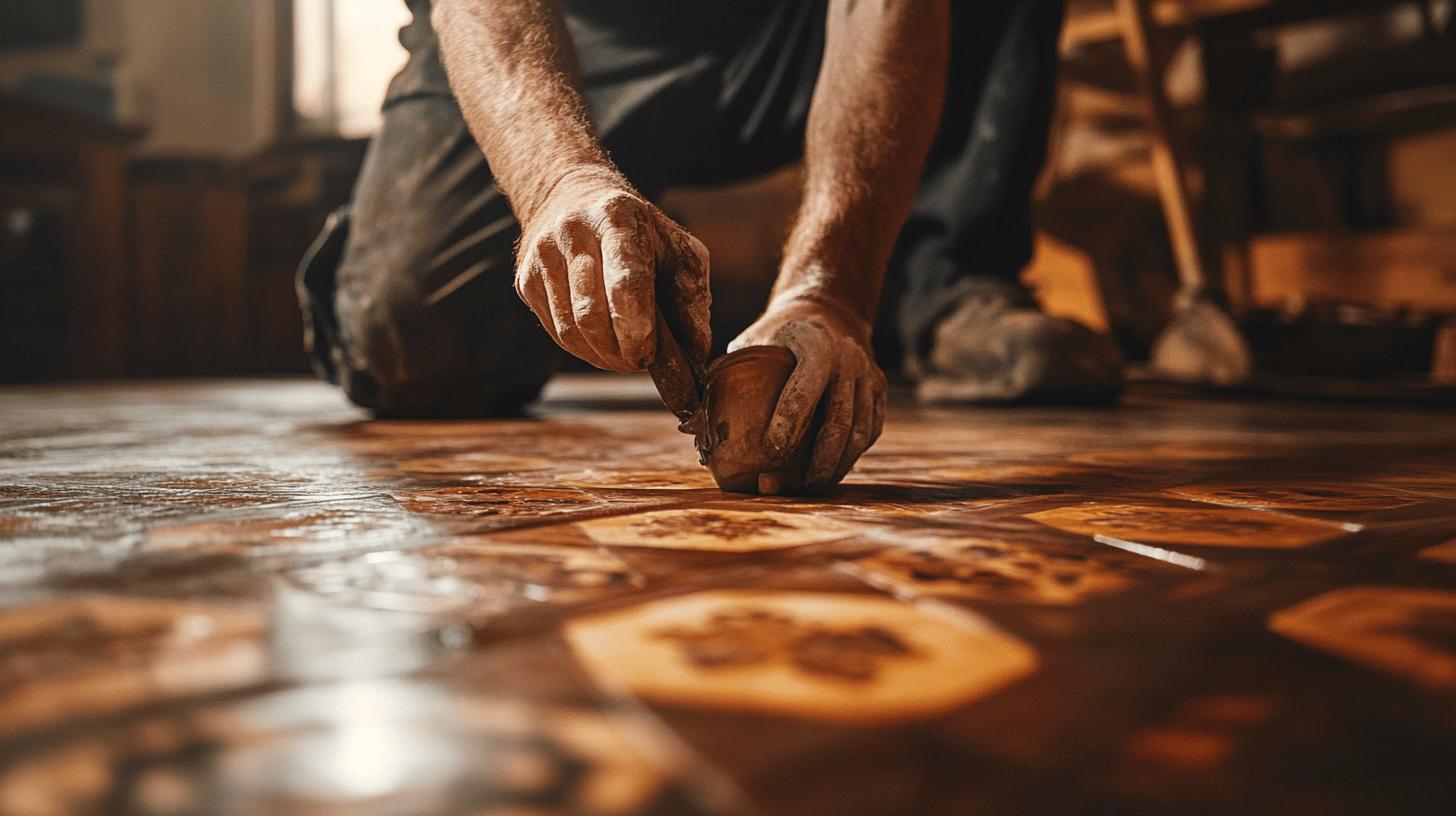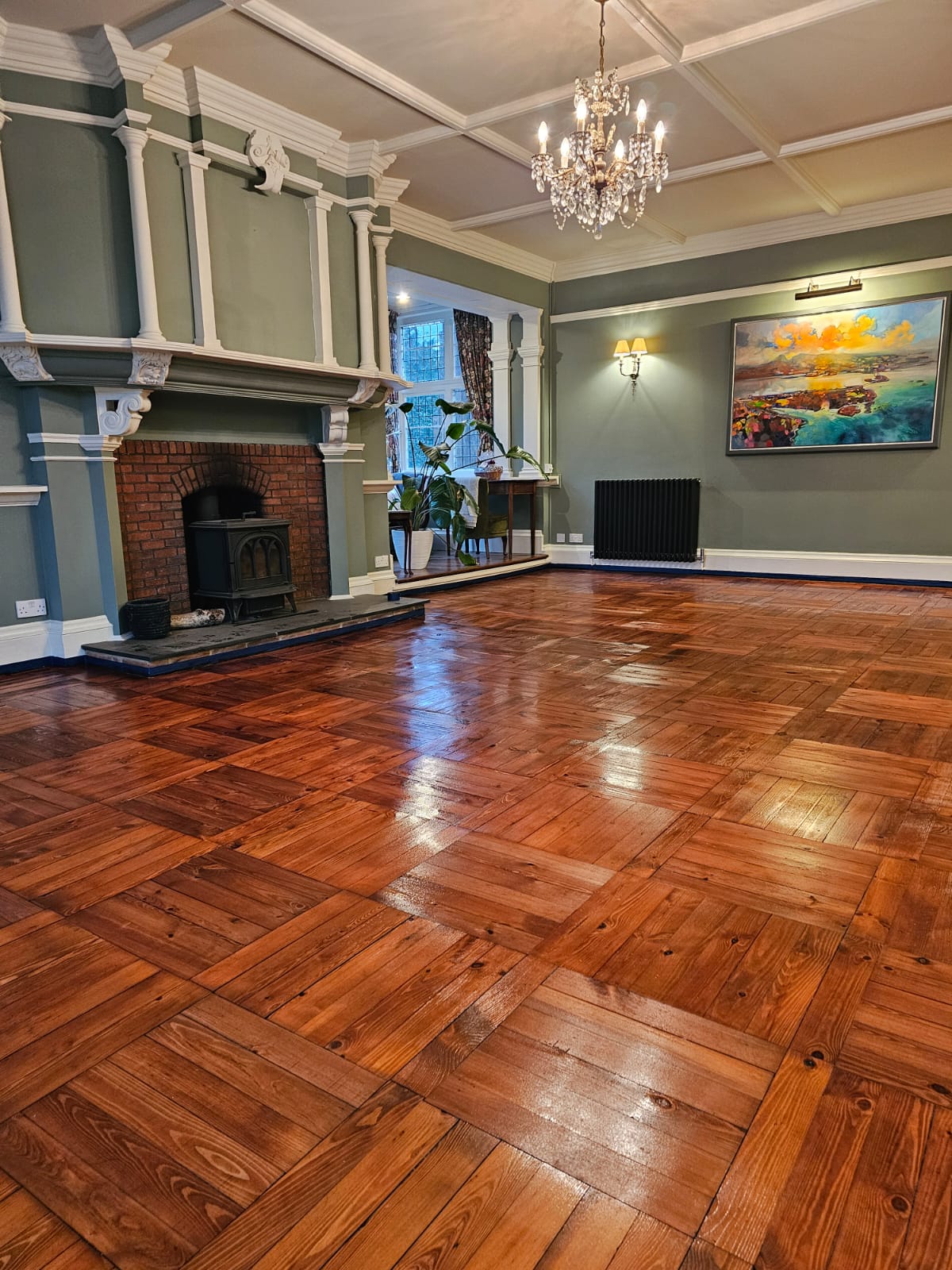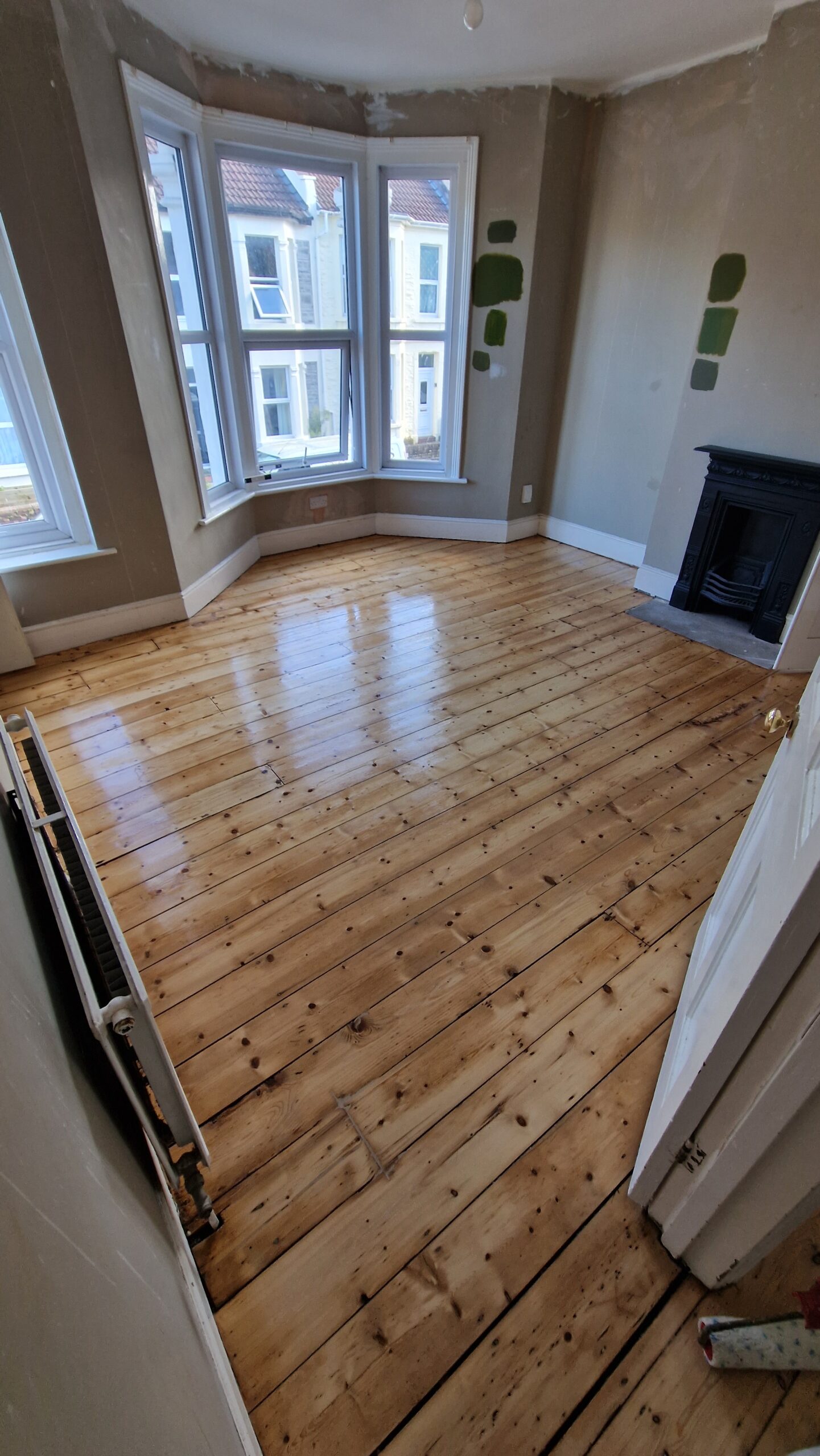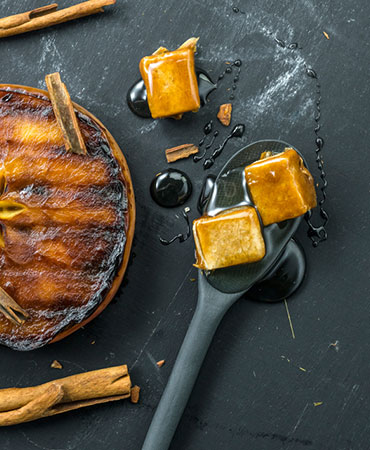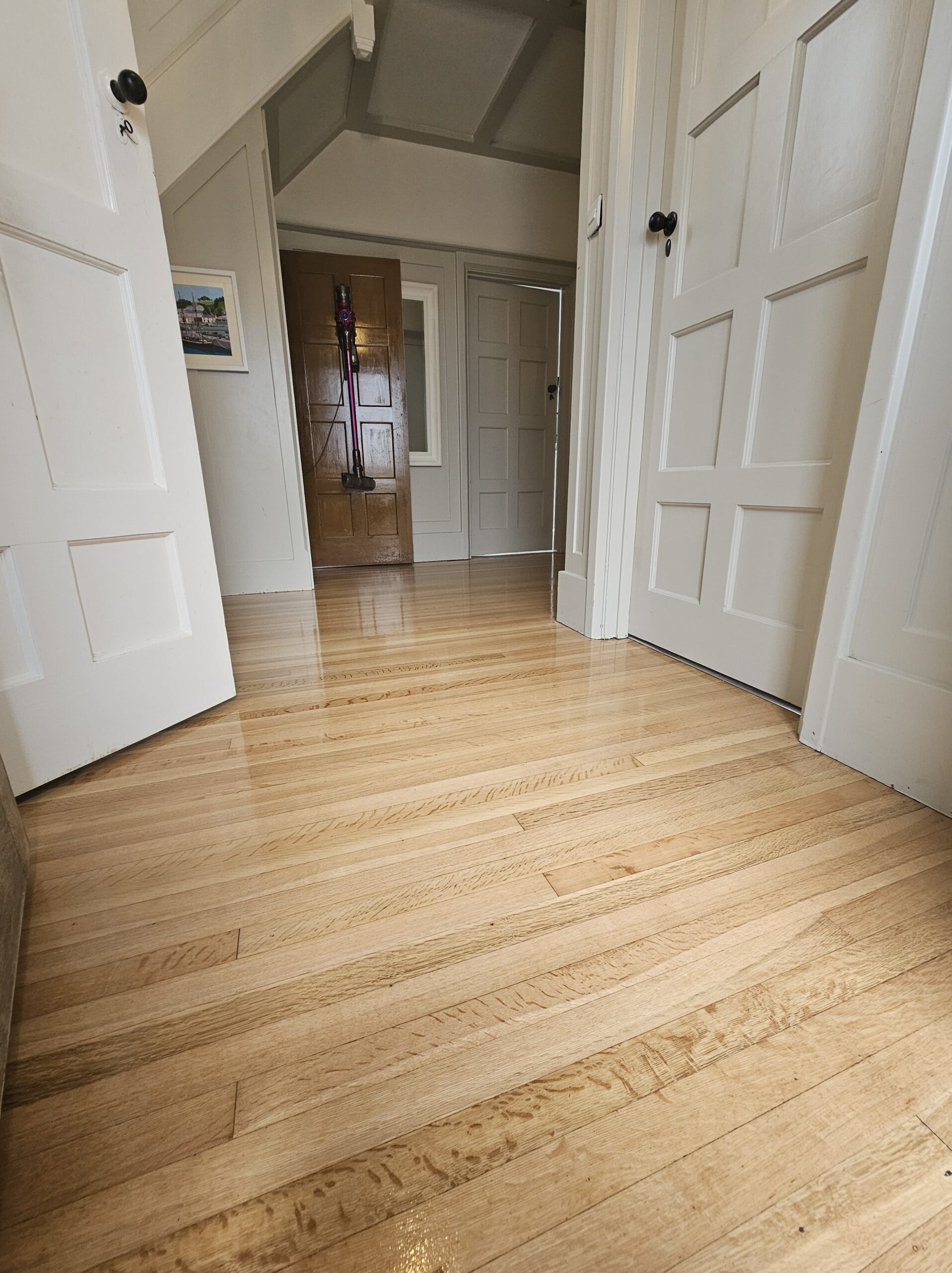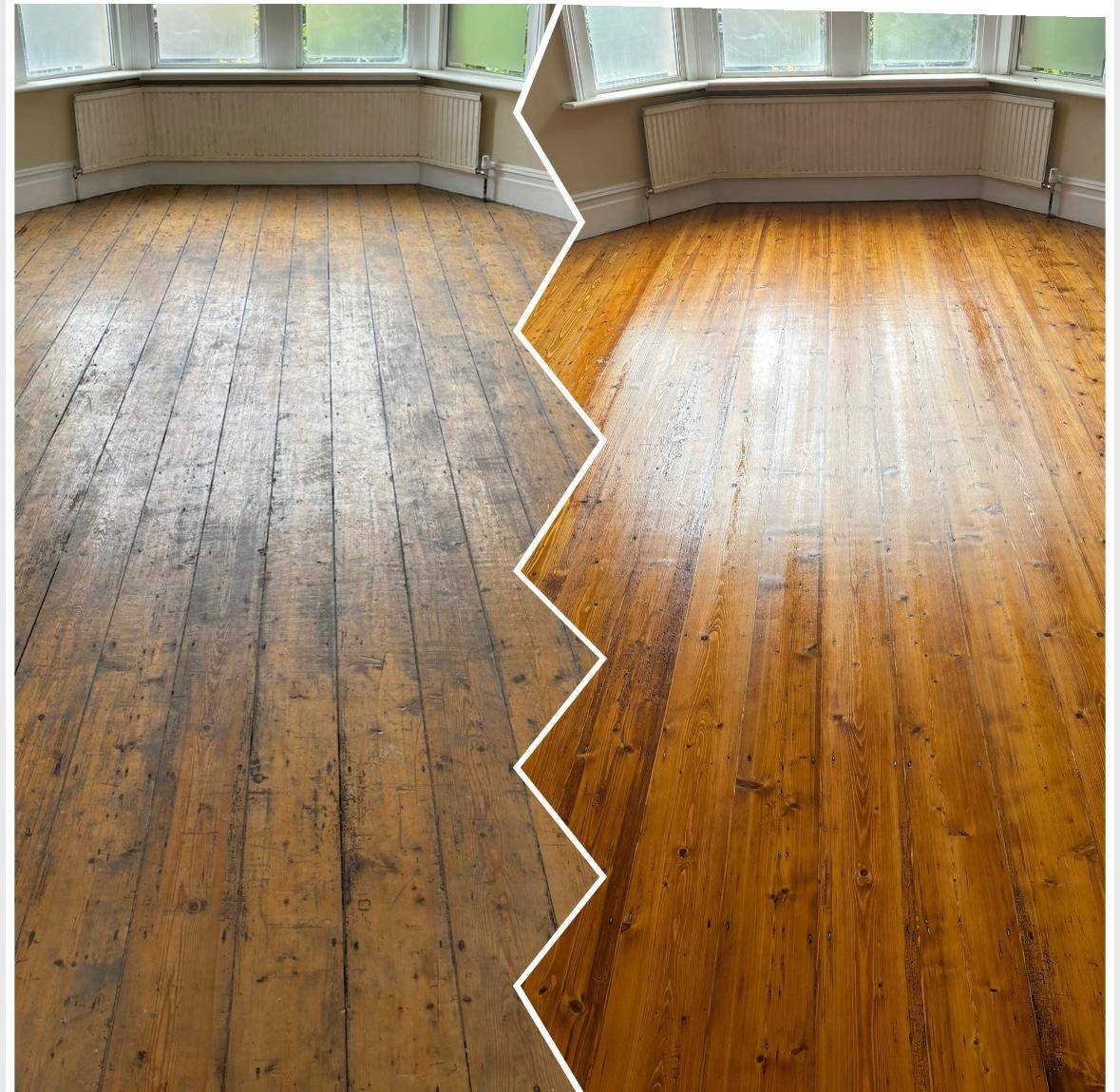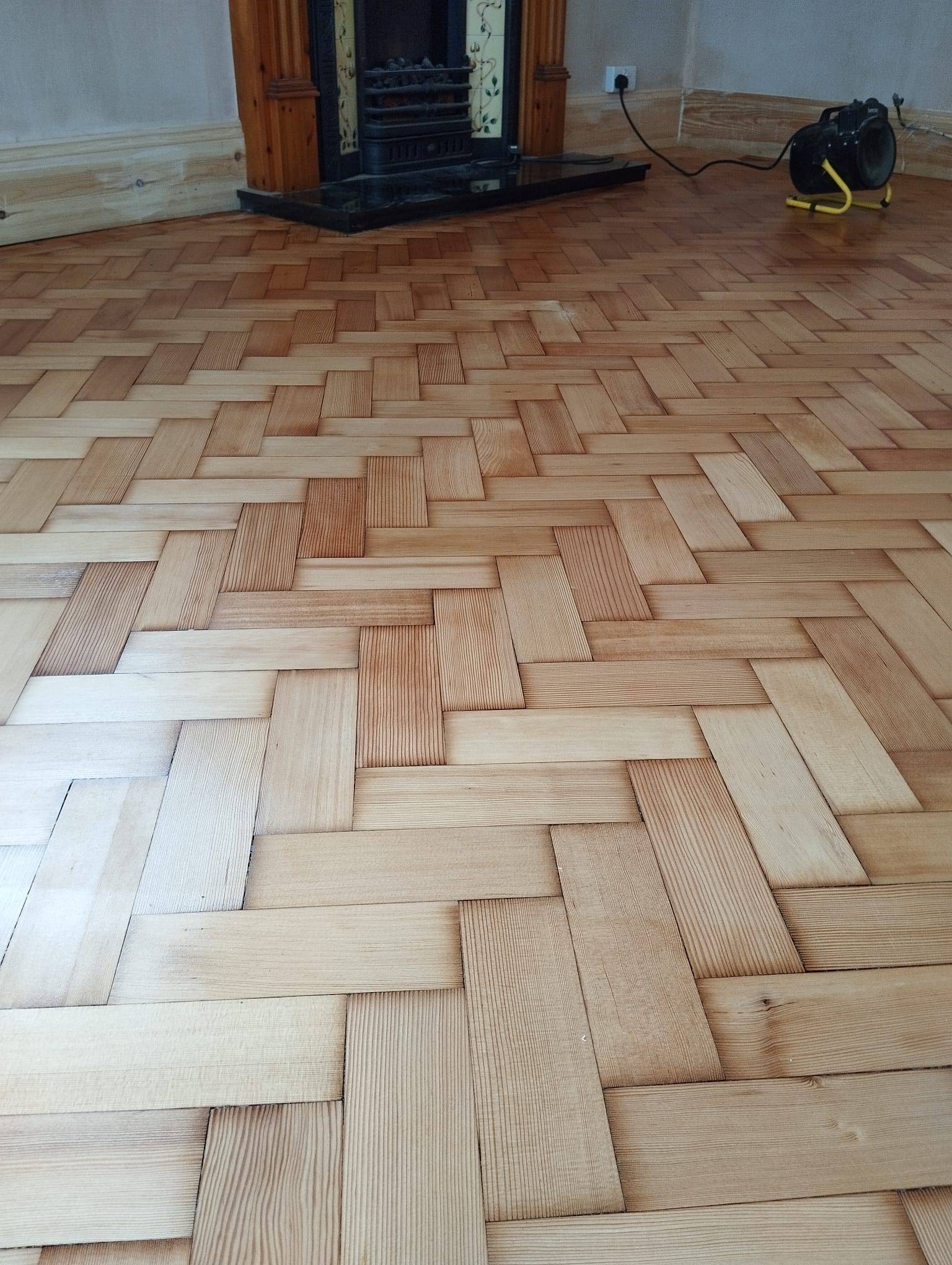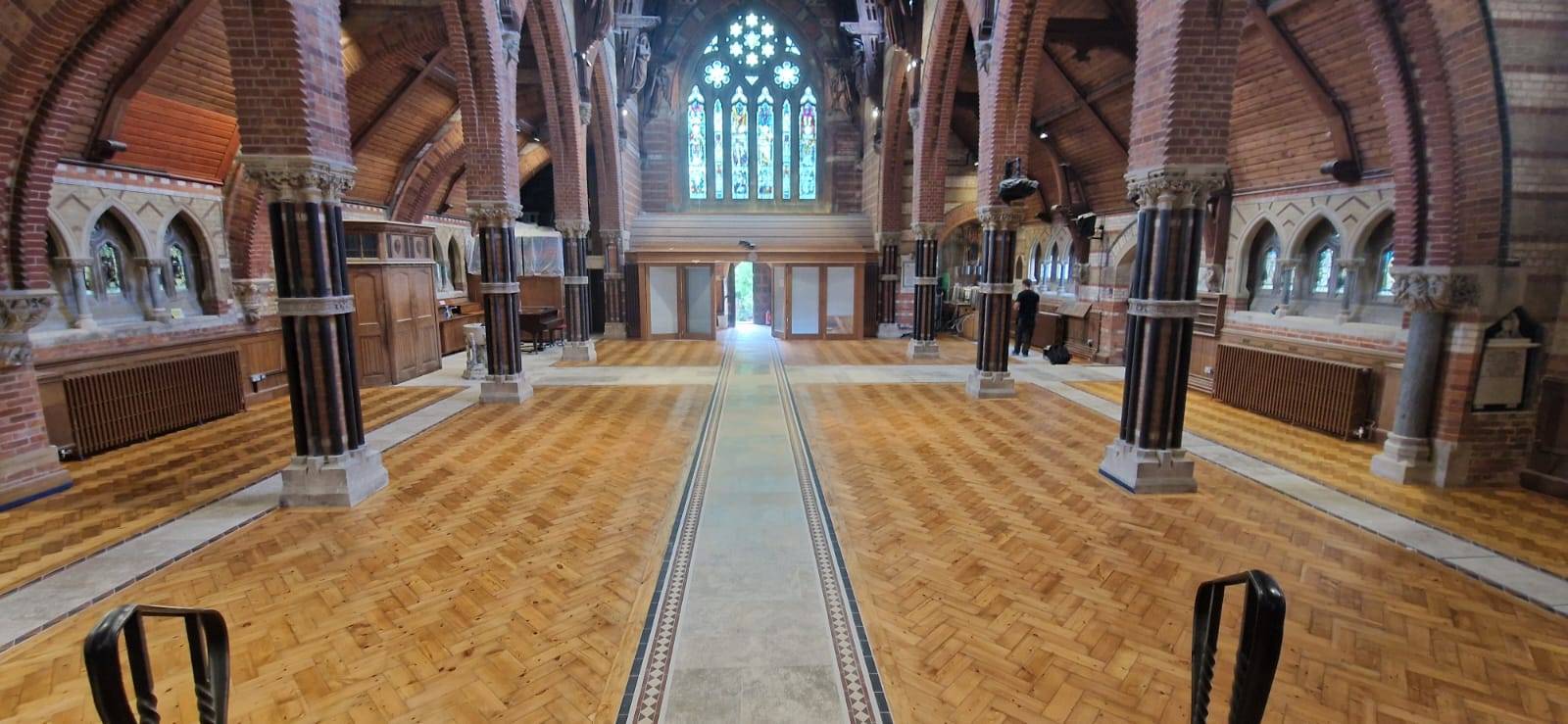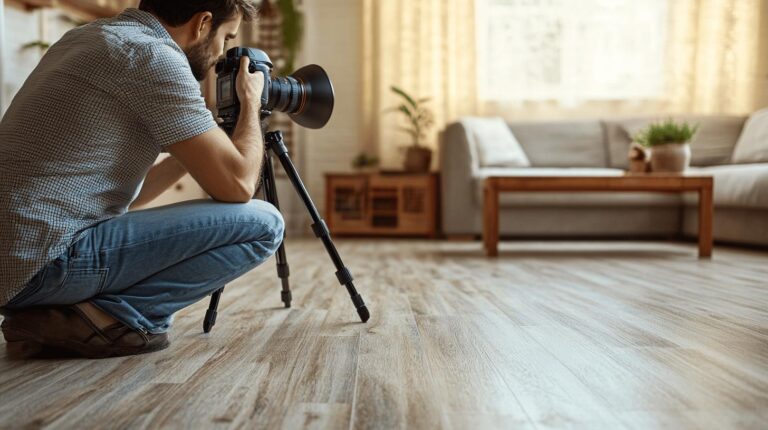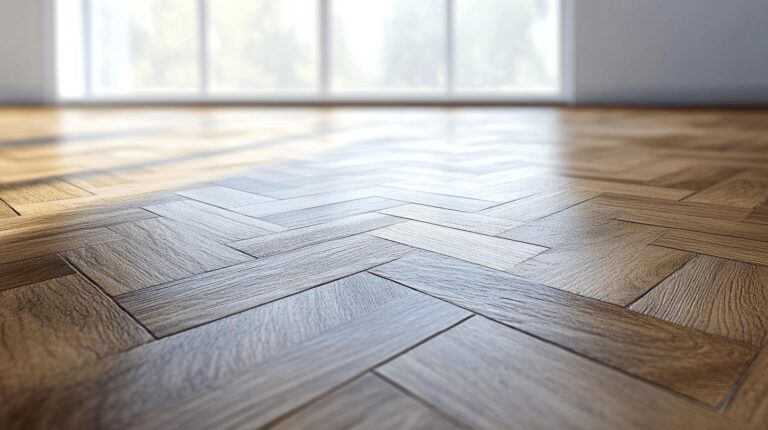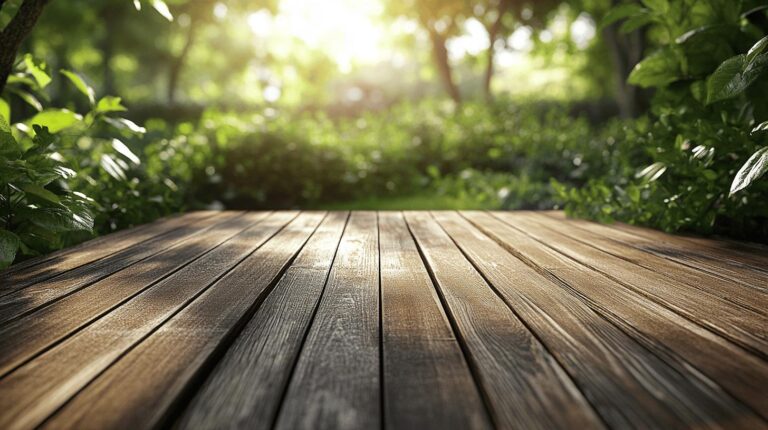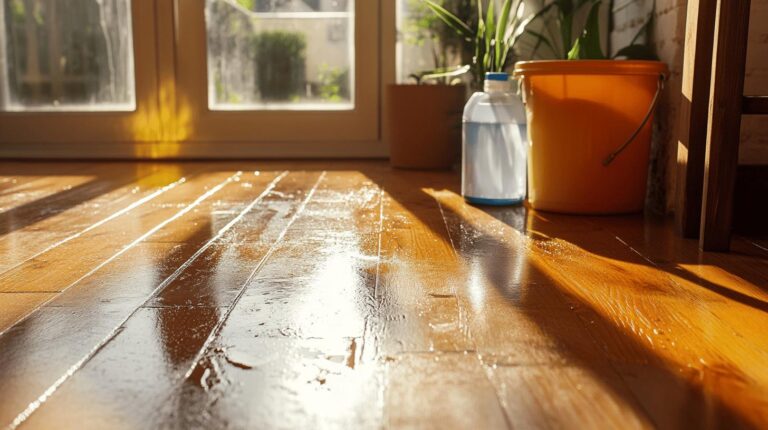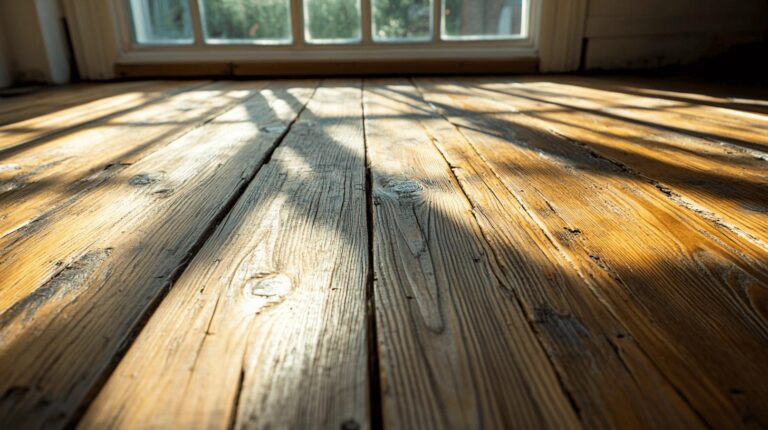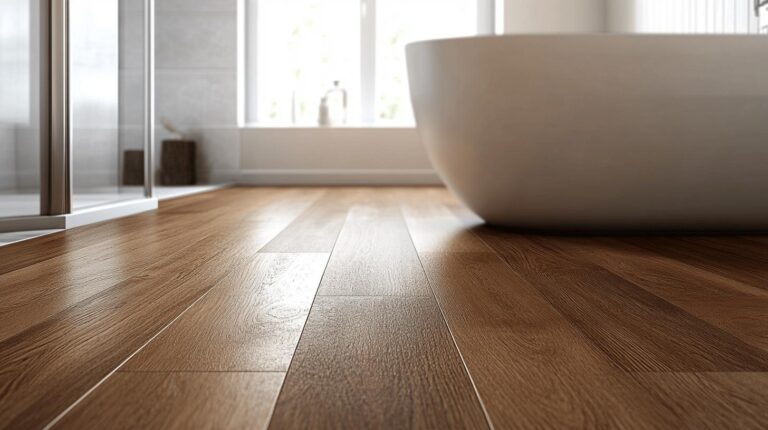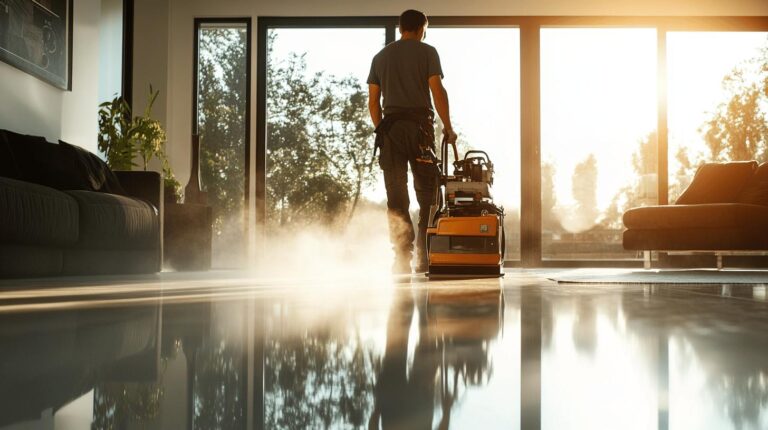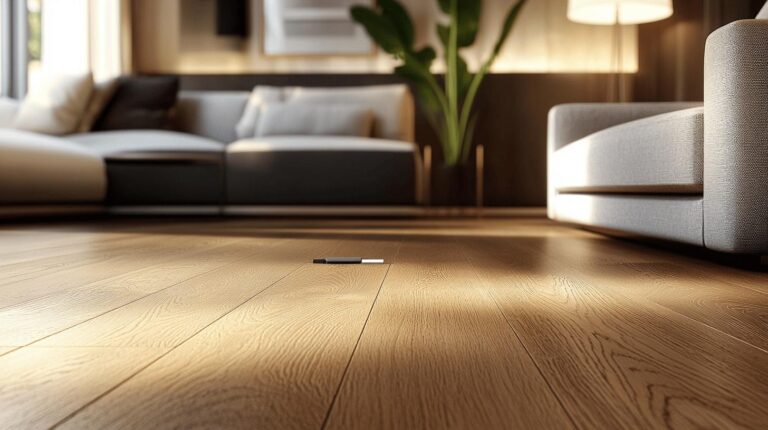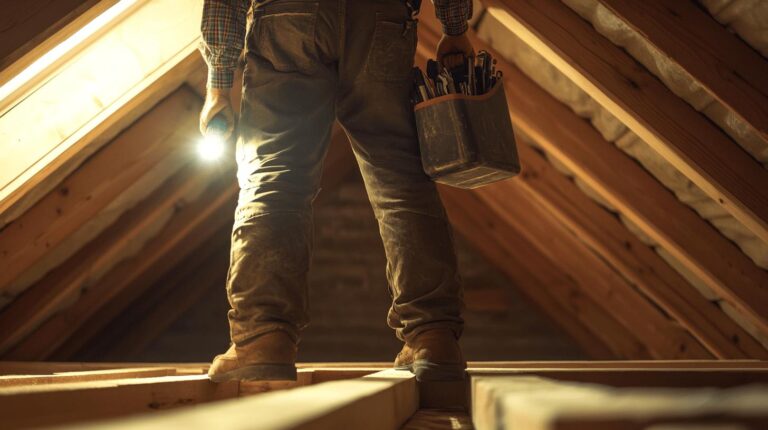How can a simple combination of stains, dyes, and pigments breathe life into a historical wood floor? The art of colour matching is crucial in wood floor restoration, ensuring that repairs blend seamlessly with the aged beauty of the original design. By delving into colour theory and employing advanced tools such as spectrophotometers, professionals deftly recreate the harmony of hues that once graced historic floors. In this article, read about the techniques that restore the past with precision, enhancing the aesthetic and historical value of these timeless treasures. Will you uncover the secrets to achieving historic wood floor brilliance?
Understanding Colour Matching Techniques for Historic Wood Floors
Colour matching in historic wood floor repairs is pivotal for preserving the authenticity and aesthetic of period properties. Central to this process is an understanding of colour theory, which enables the accurate replication of original hues. By employing historically appropriate materials—such as specific stains, dyes, and pigments—professionals can achieve seamless integration with existing floors.
The application of colour theory in wood floor restoration begins with a thorough assessment of the floor’s current state. An understanding of the interplay between primary, secondary, and tertiary colours allows for precise adjustments and blending. When matching colours, it is essential to consider the wood species, as different woods absorb and reflect colours uniquely.
Key materials and tools are indispensable in this meticulous process. Historically appropriate stains and pigments are used to ensure fidelity to the original colour palette. Dyes add vibrancy and depth, while spectrophotometers and natural light sources are critical for assessing colour accuracy. Sanding equipment is also essential to prepare the wood surface for optimal stain absorption.
Common Challenges in Colour Matching:
- Patinas: Aged wood often develops unique patinas that can complicate colour matching. These natural changes must be thoughtfully considered and matched.
- Discolouration: Environmental factors such as sunlight and moisture can cause discolouration over time, requiring adaptive techniques.
- Wood Variability: Variations in wood grain and species can impact the final appearance, necessitating customised approaches.
- Integrating New and Old Wood: Blending newly repaired sections with existing floors to achieve a cohesive look can be challenging.
Step-by-Step Colour Matching Techniques
Preparing the wood surface correctly is the first step in achieving precise colour matching on historic wood floors. Sanding to the correct grit is crucial, as it ensures the wood is smooth and ready to absorb stains evenly. Coarse grits, generally between 40-60, remove old finishes, while medium grits, around 80-100, smooth the surface. Final sanding with fine grits, typically 120-150, prepares the wood for staining, allowing for an even and authentic colour restoration.
Applying Test Patches
Testing stains on similar wood samples is an essential step in the colour-matching process. This method ensures that the chosen stain will replicate the desired hue accurately before committing to the entire project. Samples should be sanded and cleaned identically to the main floor to provide a true representation of how the stain will appear. Applying test patches enables professionals to assess the stain’s interaction with the wood’s natural grain and make any necessary adjustments to the formula.
Adjusting colour mixtures requires careful attention to detail and an understanding of colour theory. Once test patches have been assessed, the stain mixture may need to be modified to achieve the exact shade required. This might involve altering the proportions of base colours or adding tints to match the historic floor’s original tone. Checking for accuracy using natural light is vital, as artificial lighting can distort colour perception. By documenting the original colour in various lighting conditions, restorers can ensure that the final result remains true to the historic character of the floor.
Tools and Materials for Historic Floor Repairs
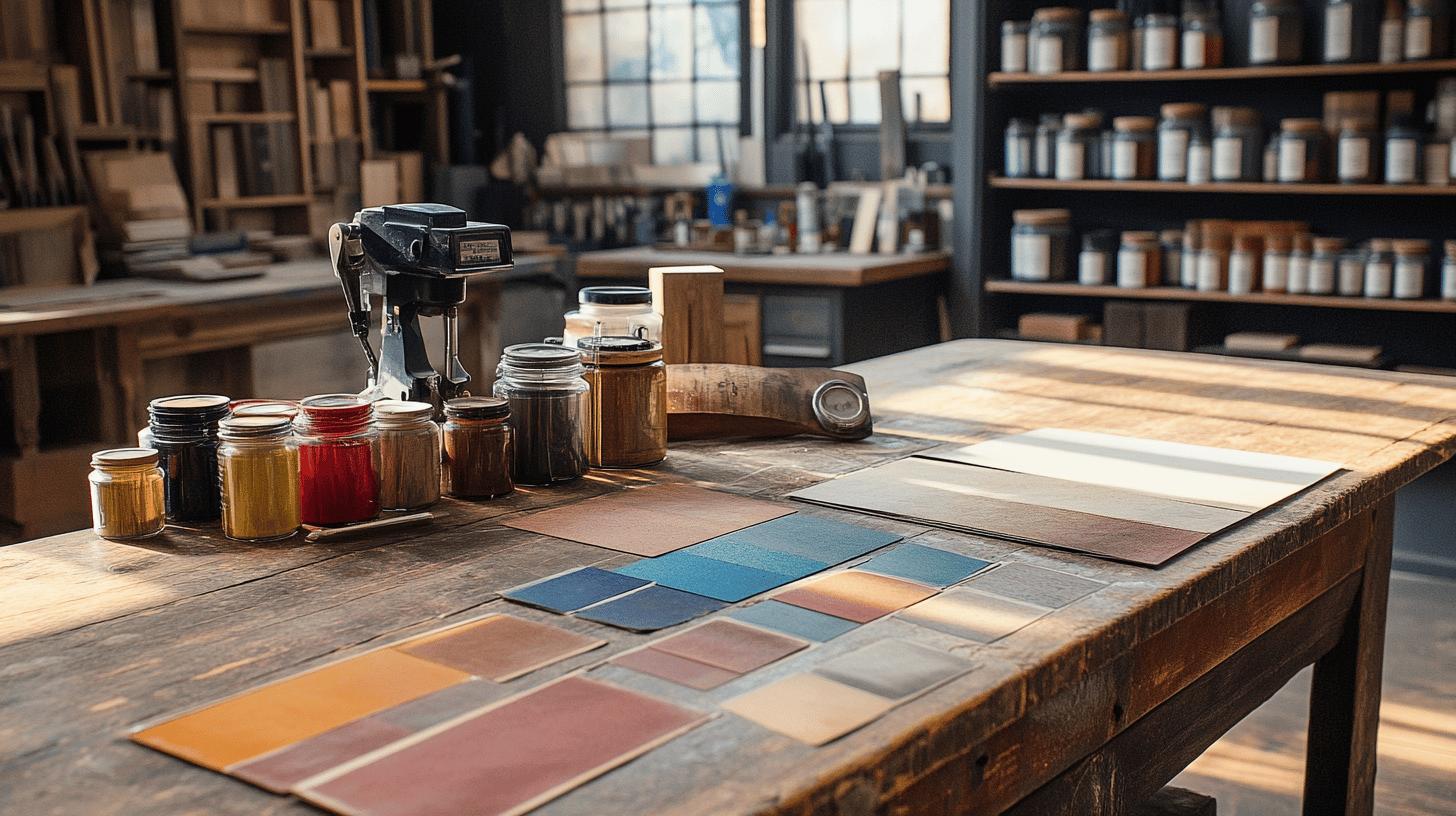
Achieving precision in historic wood floor repairs requires a comprehensive set of tools tailored to the unique challenges of these projects. Key tools include colour swatches to guide the selection of period-appropriate colours, spectrophotometers for precise colour measurement, and sanding equipment to prepare the wood surface for optimal stain absorption. These tools ensure the restoration process maintains the wood’s historical integrity while achieving a seamless aesthetic.
Essential materials are pivotal in the restoration process, ensuring authenticity and compatibility with historic floors. Historically appropriate stains, dyes, and pigments are crucial for matching the original hues and wood grain patterns accurately. These materials allow for the fine-tuning of colours to suit the specific characteristics of the wood and its environment.
- Essential Materials:
- Historically appropriate stains
- Dyes for vibrancy
- Pigments for depth and tone
- Colour swatches for reference
For those seeking expert assistance, Ryan’s Restoration offers bespoke restoration services, providing tailored solutions that respect the historical requirements of each project. Their expertise ensures that the repaired sections blend seamlessly with the original flooring, preserving both its beauty and historical value.
Case Studies: Successful Historic Wood Floor Restorations
Preserving historical integrity in wood floor restorations is crucial for maintaining the authentic charm and value of historic properties. Authentic repair techniques ensure that the essence of the original design and materials is respected and retained. The process of historic wood preservation is a delicate balance of science and artistry, demanding meticulous attention to detail and a deep understanding of the materials involved. Documenting original colours and considering natural variations in wood species are vital steps to achieve repair authenticity and seamless integration with existing flooring.
Example Projects
Project 1: The Victorian Townhouse
In a Victorian townhouse, the restoration team faced the challenge of restoring heavily worn oak floors. The authentic repair techniques employed included detailed documentation of the original wood colour under different lighting conditions. The team utilised historically appropriate stains and pigments to achieve an exact match with the remaining sections of the floor. The meticulous sanding process ensured that the wood was optimally prepared for receiving the new finish. The result was a flawless blend of the restored sections with the original, preserving the historic ambience of the home.
Project 2: The Edwardian Library
A historic Edwardian library required the repair of its mahogany floors, which had suffered from discolouration and patina changes over decades. To address this, the restoration experts employed a combination of colour matching and wood grain alignment techniques. They conducted test patches to perfect the stain mixture, adjusting it for the specific characteristics of the aged mahogany. The use of spectrophotometers ensured precise colour measurement, while natural light assessments confirmed the authenticity of the repair. The library’s restored floors now reflect their original grandeur, maintaining the space’s historic significance.
Lessons learned from these projects highlight the importance of patience and thorough documentation in achieving authentic results. Effective historic wood floor preservation requires a keen eye for detail, an understanding of wood species variations, and the ability to adapt techniques to meet the unique challenges presented by each project. By embracing these practices, restorers can ensure that their efforts honour the historical essence while delivering seamless repair outcomes.
Expert Tips for Achieving Authentic Results
Achieving authenticity in colour matching for period restoration projects requires meticulous attention to detail and an understanding of the factors influencing wood appearance. Documenting original colours under various lighting conditions is paramount for maintaining historical integrity. This practice ensures that any restoration work complements the existing hues and prevents discrepancies caused by light variations.
Understanding the natural colour variations of different wood species is equally essential. Each species has unique characteristics that affect how it absorbs stains and reflects light. By considering these natural differences, restorers can adjust their techniques to ensure consistency and authenticity in the final outcome.
Consulting resources on wood staining can provide valuable insights and guidance tailored to historic restorations. Ryan’s Restoration is renowned for offering expert advice customised to the specific needs of period restoration projects. Their expertise enables restorers to navigate the complexities of colour matching, ensuring that the restored sections harmoniously blend with the original flooring, preserving both its aesthetic and historical essence.
Challenges and Solutions in Historic Wood Floor Repair
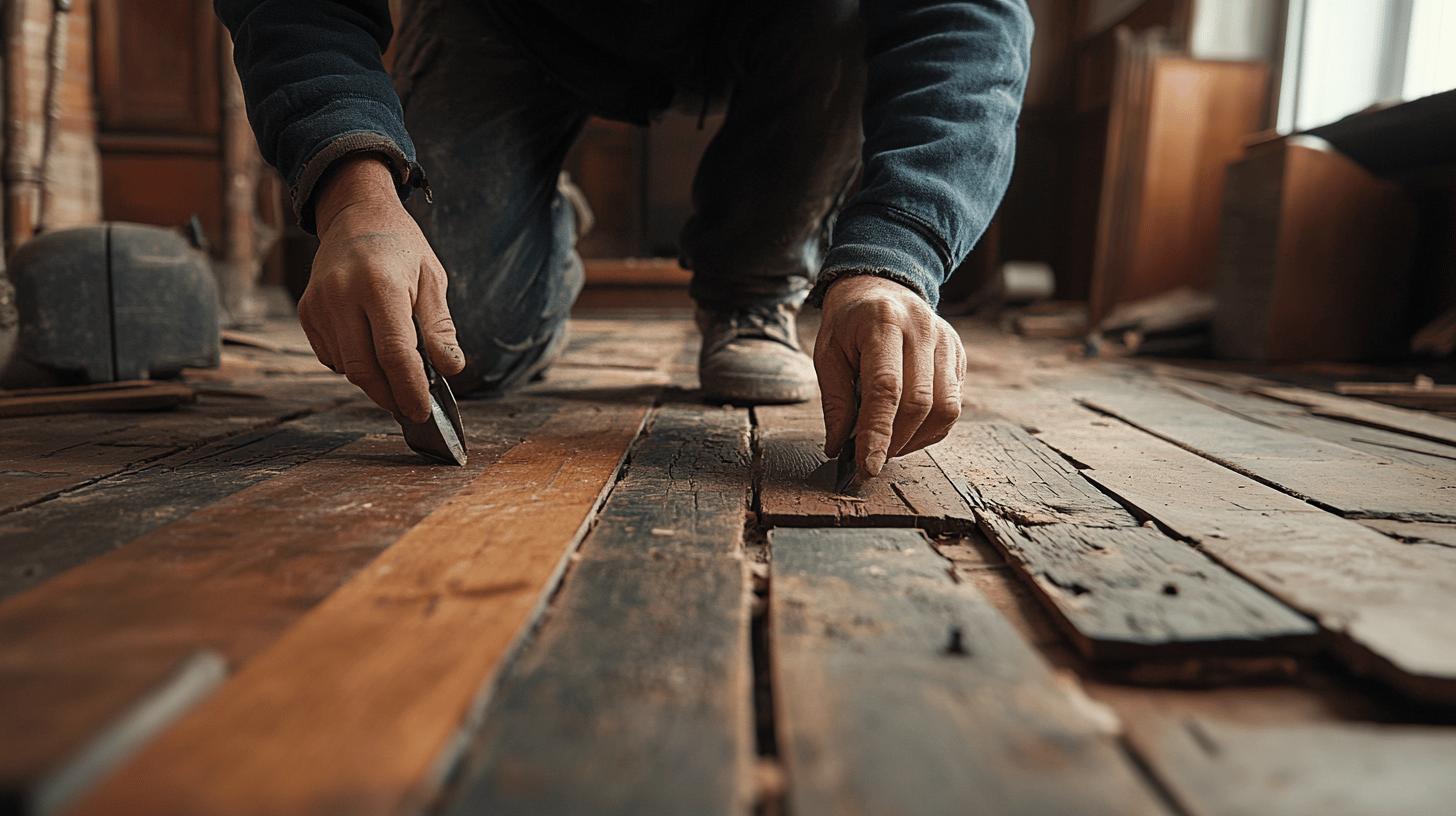
Historic wood floor repairs present a unique set of challenges, particularly when it comes to maintaining the authenticity and integrity of the original design. One of the primary challenges is dealing with the unique patinas that aged wood develops over time. These patinas, which are the result of natural ageing and exposure to elements, can make colour matching difficult, as they often vary unpredictably across the floor.
Another significant challenge is environmental discolouration. Factors such as sunlight exposure, humidity, and temperature changes can lead to uneven fading or darkening of the wood, complicating the restoration process. Additionally, integrating new wood with old can be particularly tricky, as the new sections must blend seamlessly with the existing floor to preserve the historical aesthetic.
- Adaptive Solutions:
- Detailed Assessment: Conduct a thorough examination of the floor to understand the extent of patina and discolouration.
- Customised Colour Matching: Use historically appropriate stains and dyes to mimic the unique patina, adjusting mixtures as needed.
- Sanding Techniques: Employ specific sanding techniques to prepare the wood surface for optimal stain absorption.
- Natural Light Evaluation: Check colour matches under natural light to ensure accuracy in diverse conditions.
- Expert Consultation: Work with historic preservationists for advice on materials and techniques suitable for conservation efforts.
Consulting historic preservationists is crucial for achieving authentic results. Their expertise can guide the selection of materials and methods that align with conservation standards. Resources like Ryan’s Restoration offer invaluable guidance, ensuring that restorations respect the historical character while delivering a cohesive and aesthetically pleasing outcome.
Final Words
Exploring colour-matching techniques for historic wood floor repairs reveals the intricate balance of science and art required. Through careful adaptation of colour theory and the use of period-appropriate materials, preserving a floor’s historical integrity is achievable.
By documenting original colours, testing with precision, and utilising expert resources, successful restoration can be accomplished. Challenges like patinas and discoloration can be tackled using innovative solutions and expert guidance.
With dedication and attention to detail, historic wood floors can be restored to their former glory, enhancing both the aesthetics and value of any historic home.
Preserve your historic floors – Contact Ryan’s Restoration for expert color matching services today!
FAQ
How do you match old hardwood flooring?
Matching old hardwood flooring involves understanding colour theory and using historically appropriate materials such as stains, dyes, and pigments. Careful sanding, test patches, and colour mixture adjustments are essential for accurate replication.
Is there an app to match wood floors?
There are apps available that can assist in matching wood floors by providing virtual colour swatches. However, for historic or precise matches, manual techniques using natural light and spectrophotometers are recommended.
How does colour match a wood floor?
To colour match a wood floor, sand to the correct grit, apply test patches on similar wood samples, adjust stain formulas as needed, and use natural light to check for accuracy.
What are the best materials and tools for historic floor repairs?
Essential materials and tools include colour swatches, spectrophotometers, sanding equipment, and historically appropriate stains and dyes. These facilitate effective colour matching tailored to historic floor repair requirements.
How do you handle colour differences between old and new wood?
Integrating new and old wood requires adaptive repair techniques and understanding environmental discolourations. Documenting original colours and considering wood species variations are crucial steps in achieving a seamless look.
What challenges are involved in historic wood floor repairs?
Historic wood floor repairs often involve unique patinas, varying environmental discolourations, and the integration of old and new wood. Solutions include careful assessment, adaptive repair techniques, and consulting historic preservationists.
